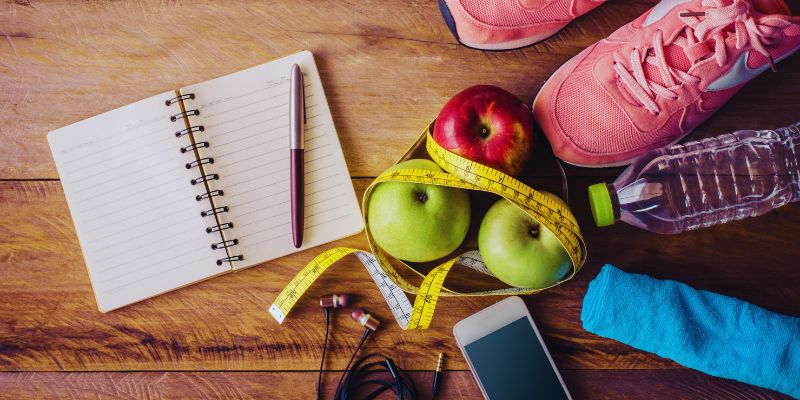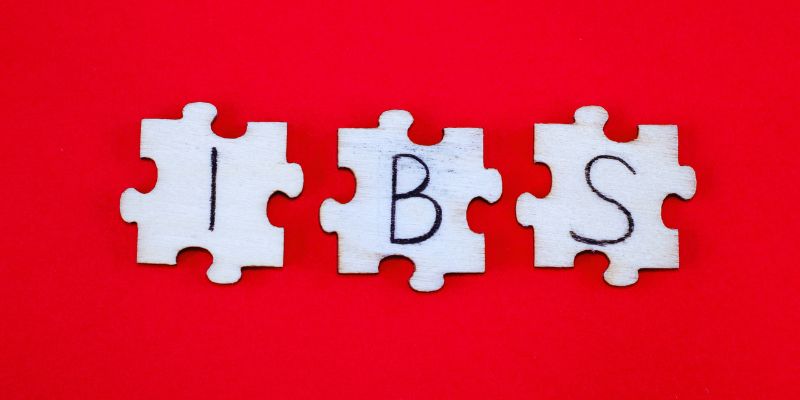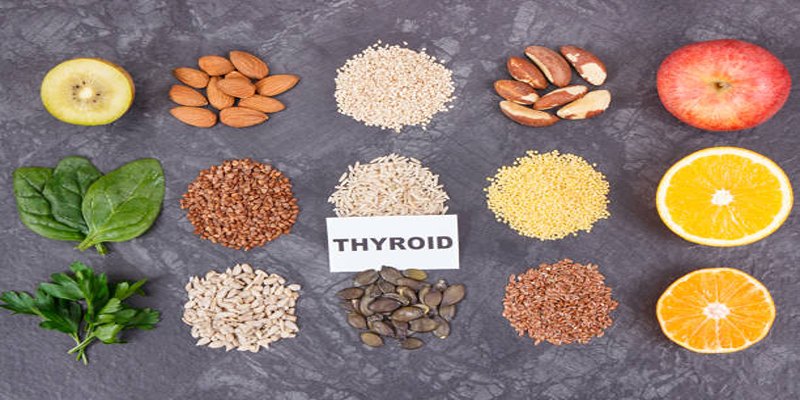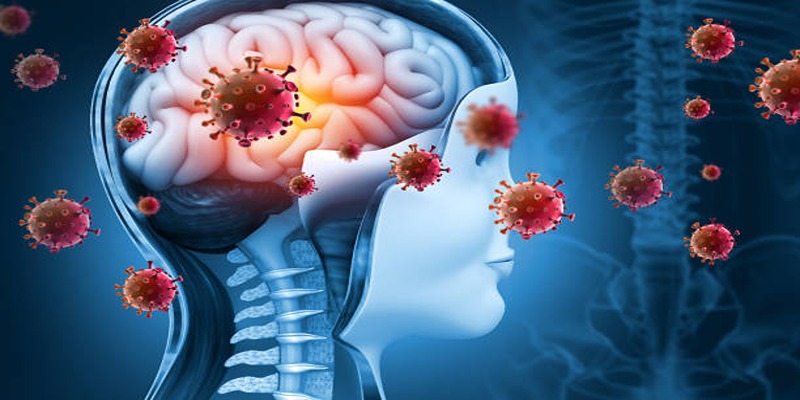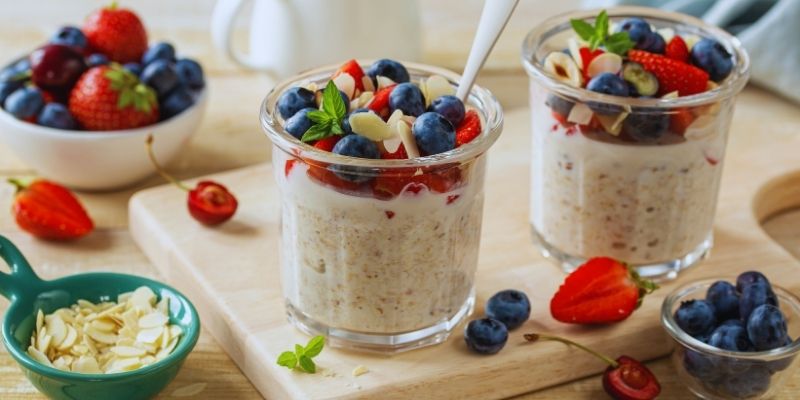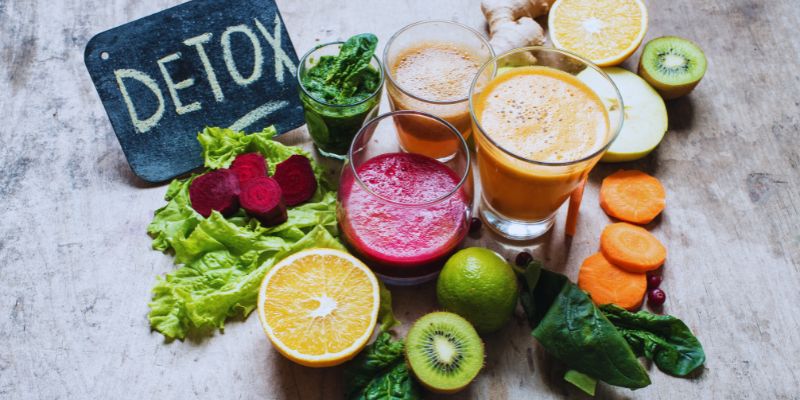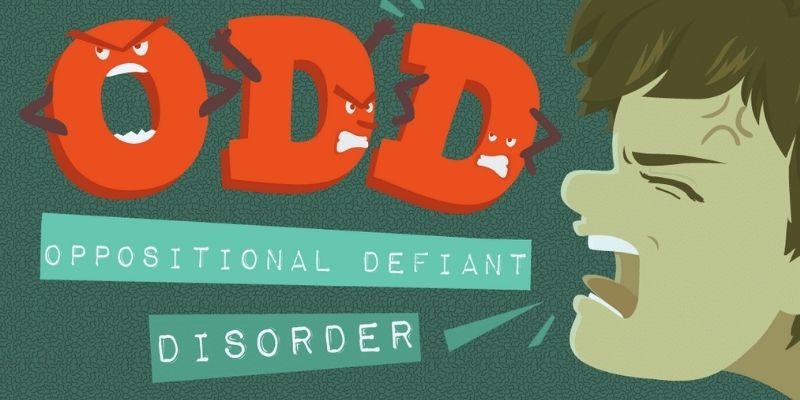Fighting to control high blood pressure with dietary choices? You are not alone. Daily challenges like this abound for many people. The good news is that your diet may significantly affect things. A heart-friendly diet can boost your health and help you drop numbers. Your meals can make a huge difference, even with little adjustments. You don't require rare materials or costly strategies. A few wise food changes will help your heart.
The finest advice for designing a diet for high blood pressure is found in this article. The procedures are straightforward, useful, and easily complied with. This guidance will assist you whether your present diet is being changed or if you are beginning anew. One dinner at a time, start to take charge of your health.
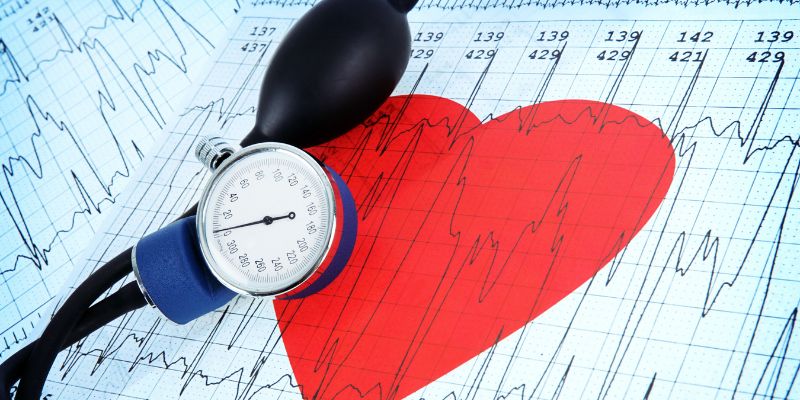
Smart Diet Tips to Manage High Blood Pressure Effectively
Below are the best and most effective tips to create a healthy diet for high blood pressure:
Focus on Whole Foods Over Processed Ones
Whole foods abound in vitamins and minerals. They facilitate improved functioning of your body. These cover fruits, vegetables, grains, and legumes. Too much salt and fat abound in processed foods. They now feature additional sugars as well. These components might cause blood pressure to increase. Whole foods are naturally occurring and better for your health. Try to load your dinner with fresh food. Limited should be canned and packaged food consumption. Seek foods with fewer ingredients.
Limit Salt and Sodium Intake
For blood pressure, too much salt is detrimental. Salt drives the body to retain more water. This additional fluid elevates blood pressure. Generally speaking, most people consume more salt than they need. Daily limits should be less than 1,500 milligrams. That comes to two-thirds of a teaspoon. Examine labels closely. See the sodium count in every dish. Select "low sodium" or "no salt added" choices. Steer clear of deli meats, canned soups, and salty snacks. Usually speaking, these are heavy in sodium. To cut some salt, rinse canned vegetables.
Eat More Potassium-Rich Foods
Potassium balances off the effects of sodium. It also tones blood vessel walls. It can drop your blood pressure. Many fruits and vegetables contain potassium heavily. These comprise potatoes, spinach, oranges, and bananas. Moreover, it is high in potassium, including beans, lentils, and yogurt. Try to incorporate these items daily. Starting with a banana for breakfast is smart. To soups or salads, add beans—trade chips for a baked potato. You could also sip low-sodium vegetable juice. Potassium keeps your muscles and heart in good operating order.
Include Healthy Fats
Not every fat is harmful. Your heart benefits from some fats. These cover unsaturated fats as well. They abound in olive oil, avocados, and nuts. Excellent choices also are fatty fish like salmon and sardines. Omega-3 fatty acids abound in these meals. Omega-3s may assist in reducing blood pressure. Steer clear of trans and saturated fats. These find their place in baked products, butter, and fried dishes. They can damage your heart and elevate harmful cholesterol. In cooking, substitute olive or canola oil for butter. Eat nuts rather than chips.
Watch Portion Sizes
If you eat too much, even good foods can cause issues. One needs to watch their portions. Eating plenty could cause a weight increase. Added weight strains blood vessels and your heart. To control portions, use smaller dishes. Load half your dinner with veggies. There should be one-quarter of whole grains. Lean proteins abound in the last quarter. Never return for seconds. Eat deliberately and notice your appetite. Steer clear of dining behind screens. One can thereby overindulge in food. To help promote fullness, sip water before meals.
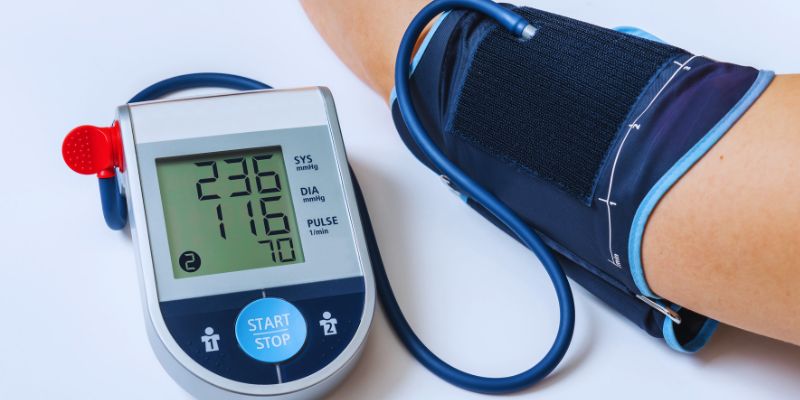
Avoid Sugary Drinks and Snacks
High blood pressure cannot be directly caused by sugar. Still, too much sugar can cause weight increase. Your heart suffers as a result, and your blood pressure increases. One main supply of hidden sugar is sugary beverages. Steer clear of sports drinks, sugary tea, and soda. Choose instead sparkling water, herbal teas, or water. To add taste, toss cucumbers or lemon into the water. Cut sugar, pastries, and sweet cereals. See added sugars on food labels. Try for fewer than 25 grams of sugar daily. Choose fruit rather than sweets.
Try the DASH Diet
The DASH diet is designed for those with high blood pressure. It stresses low-fat dairy, whole grains, fruits, and vegetables. It also caps saturated fat, sugar, and salt. The DASH diet lets you be creative. There is no requirement for the exact following: Take advantage of its basic concepts. Eat more foods derived from plants. Select lean meats and smart fats. Cut back on salted and processed meals. DASH has supporting data from studies. Many people observe changes in a few weeks.
Drink Plenty of Water
Your body depends on hydration. Water keeps your organs healthy. It also influences blood pressure. Dehydration can raise blood pressure. Daily aim for six to eight cups of water. Given your activity, you could require more. Steer clear of drinks containing sugar or caffeine. These could increase your pressure. The greatest option is always water. Stow a bottle with you all day. Along with every meal and snack, sip water. Herbal tea also helps achieve your hydration goal. Look for symptoms of dehydration, including dark urine or dry mouth.
Conclusion:
Control of high blood pressure begins with a few daily decisions. A diet good for your heart can make a difference. Emphasize whole meals, reduce sodium, and add choices high in potassium. Choose good fats; cut back on sugar and caffeine; restrict portions. Try the DASH diet and sip lots of water. Small, regular measures can now result in significant health benefits. Your efforts count, and a balanced diet pays dividends over time. Just progress; you do not require perfection. Family support also comes in handy. Be patient and keep on—an improved diet strengthens you and a better heart. Continually make wise decisions.

